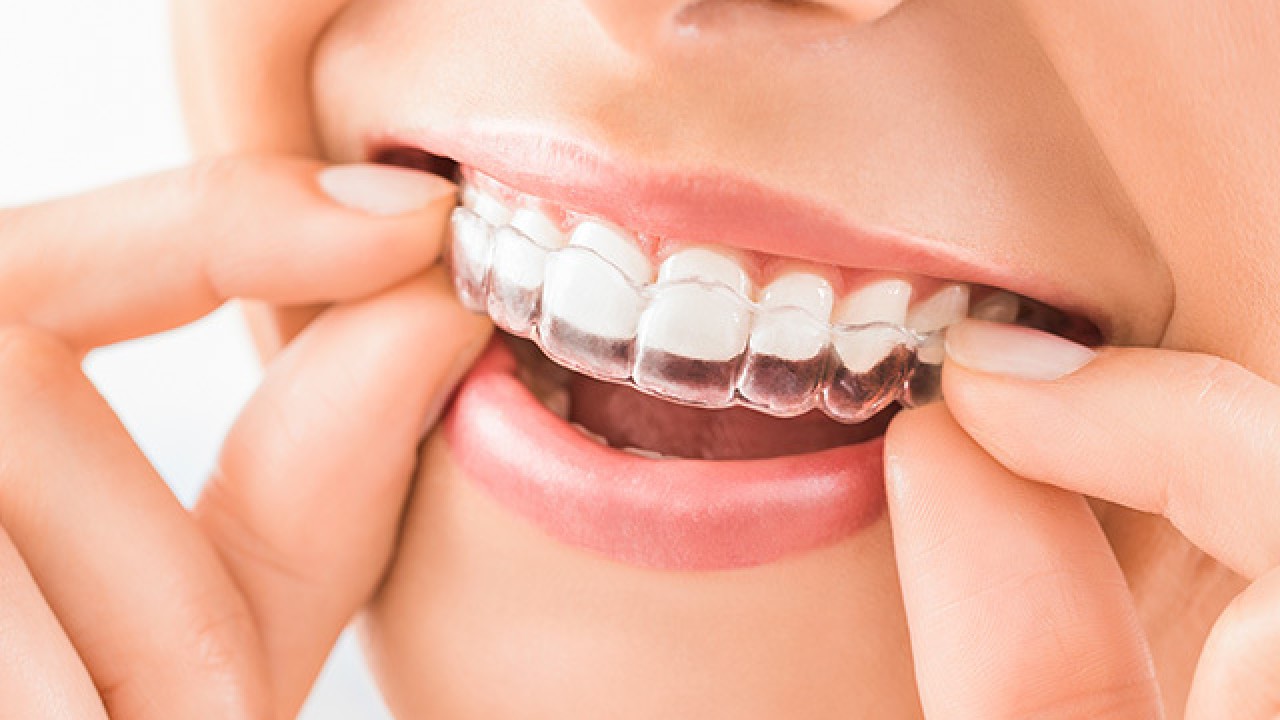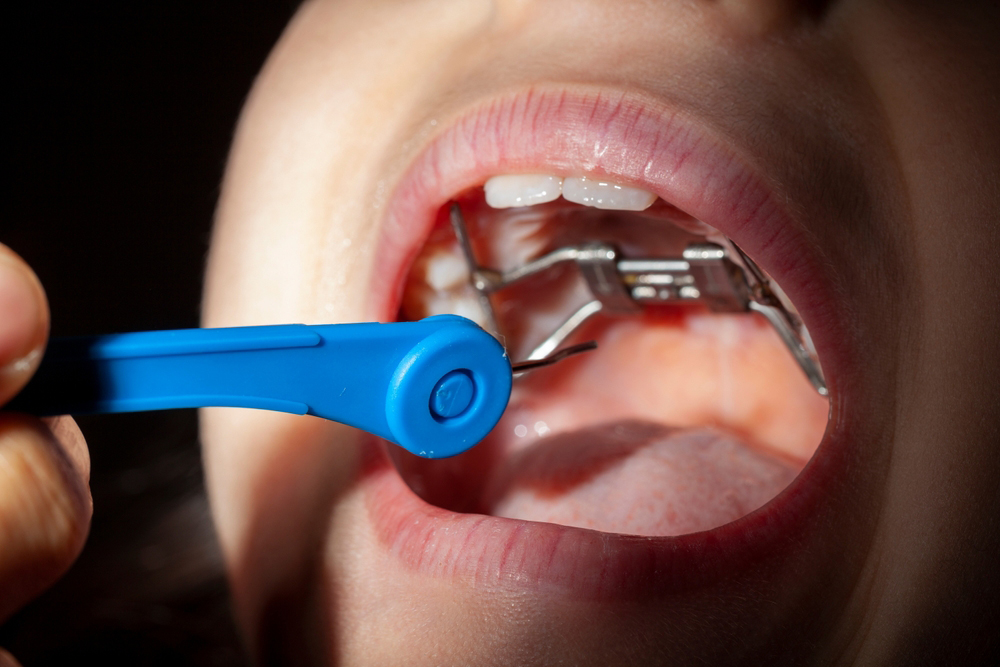Boost Confidence
We make beautiful smiles that enhance your overall look, helping them smile more confidently.
Picture Perfect
Feel great about flaunting your straight, shiny teeth in every photo.
Healthier Smile
Straight teeth are often healthier, reducing the risk of tooth decay and gum issues.

Don’t Hide Your Smile Because of Crooked Teeth!
Do gaps or crooked teeth make you self-conscious about smiling? Is it tough to chew because your teeth don’t line up right? Worried about the hassle of big, noticeable braces? When smiling feels awkward or uncomfortable, it’s hard to fully enjoy laughing or having a good time.
If this sounds like you, orthodontic treatment could really help!
Get a Perfect Smile in Three Simple Steps
Orthodontics focuses on fixing teeth and jaw misalignments to improve how they fit together. We offer a variety of treatment options, and we’ll make sure you get the one that fits your needs. Whether your teeth are crooked, crowded, or have gaps, or if your bite is off, we can help. Today’s orthodontic treatments are quicker, more comfortable, and better than ever, making it a great time to get the smile you want.
Step 1: Consultation
Book a visit with us to figure out the best way to straighten your teeth.
Step 2: Take it Easy
Our dental team will tailor a plan just for you to achieve the perfect smile you desire.
Step 3: Show Off Your Smile
You’re on your way to getting the brilliant smile you’ve always wanted.
More Information
Learn more about our orthodontics services.
From Invisalign and Braces to Nightguards and Expanders, we provide complete orthodontic care in Santa Monica and the surrounding areas. Learn more about our orthodontic services.







